Our Value
Decades of successful HPC deployments
Architected For You
As a leading HPC provider, Aspen Systems offers a standardized build and package selection that follows HPC best practices. However, unlike some other HPC vendors, we also provide you the opportunity to customize your cluster hardware and software with options and capabilities tuned to your specific needs and your environment. This is a more complex process than simply providing you a “canned” cluster, which might or might not best fit your needs. Many customers value us for our flexibility and engineering expertise, coming back again and again for upgrades to existing clusters or new clusters which mirror their current optimized solutions. Other customers value our standard cluster configuration to serve their HPC computing needs and purchase that option from us repeatedly. Call an Aspen Systems sales engineer today if you wish to procure a custom-built cluster built to your specifications.
Solutions Ready To Go
Aspen Systems typically ships clusters to our customers as complete turn-key solutions, including full remote testing by you before the cluster is shipped. All a customer will need to do is unpack the racks, roll them into place, connect power and networking, and begin computing. Of course, our involvement doesn’t end when the system is delivered.
True Expertise
With decades of experience in the high-performance computing industry, Aspen Systems is uniquely qualified to provide unparalleled systems, infrastructure, and management support tailored to your unique needs. Built to the highest quality, customized to your needs, and fully integrated, our clusters provide many years of trouble-free computing for customers all over the world. We can handle all aspects of your HPC needs, including facility design or upgrades, supplemental cooling, power management, remote access solutions, software optimization, and many additional managed services.
Passionate Support, People Who Care
Aspen Systems offers industry-leading support options. Our Standard Service Package is free of charge to every customer. We offer additional support packages, such as our future-proofing Flex Service or our fully managed Total Service package, along with many additional Add-on services! With our On-site services, we can come to you to fully integrate your new cluster into your existing infrastructure or perform other upgrades and changes you require. We also offer standard and custom Training packages for your administrators and your end-users or even informal customized, one-on-one assistance.
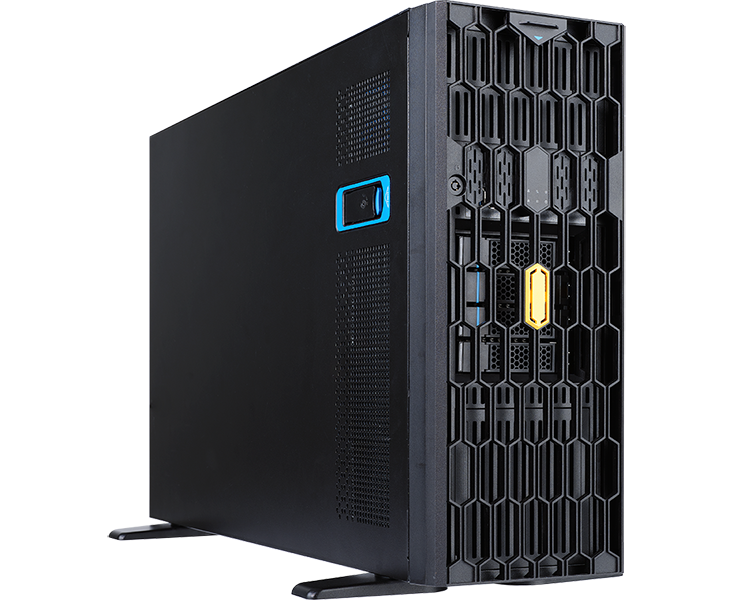
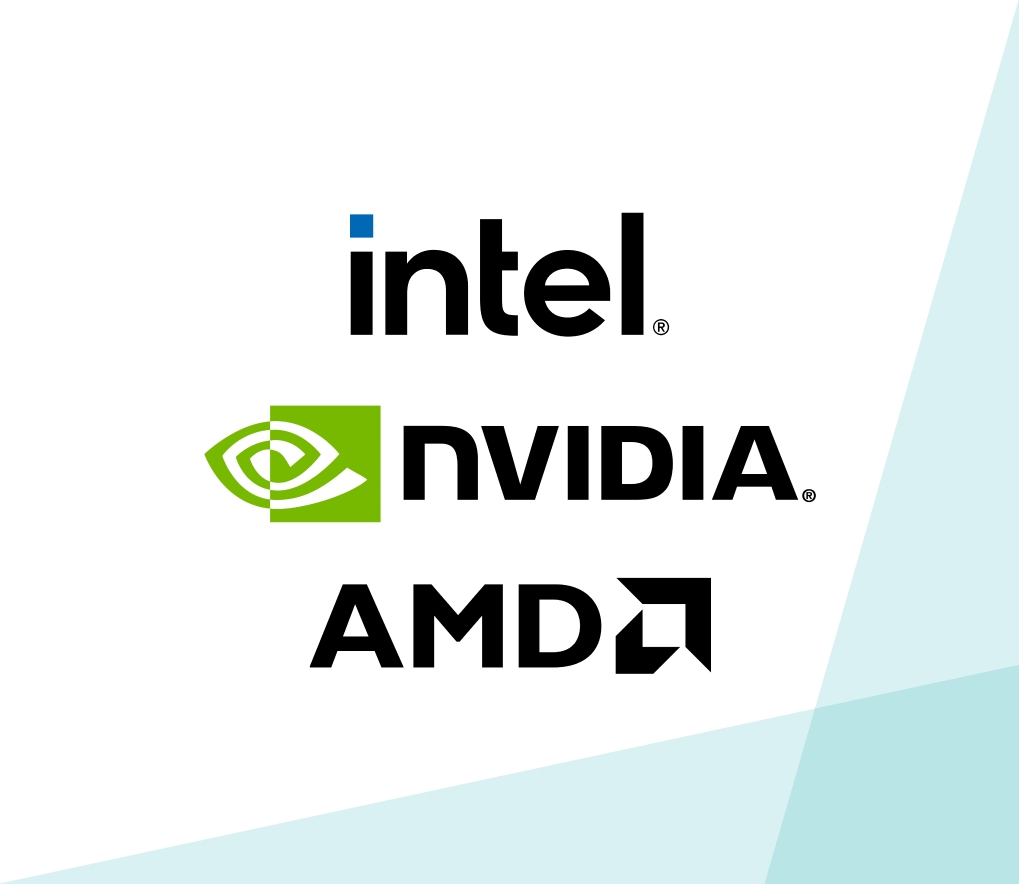
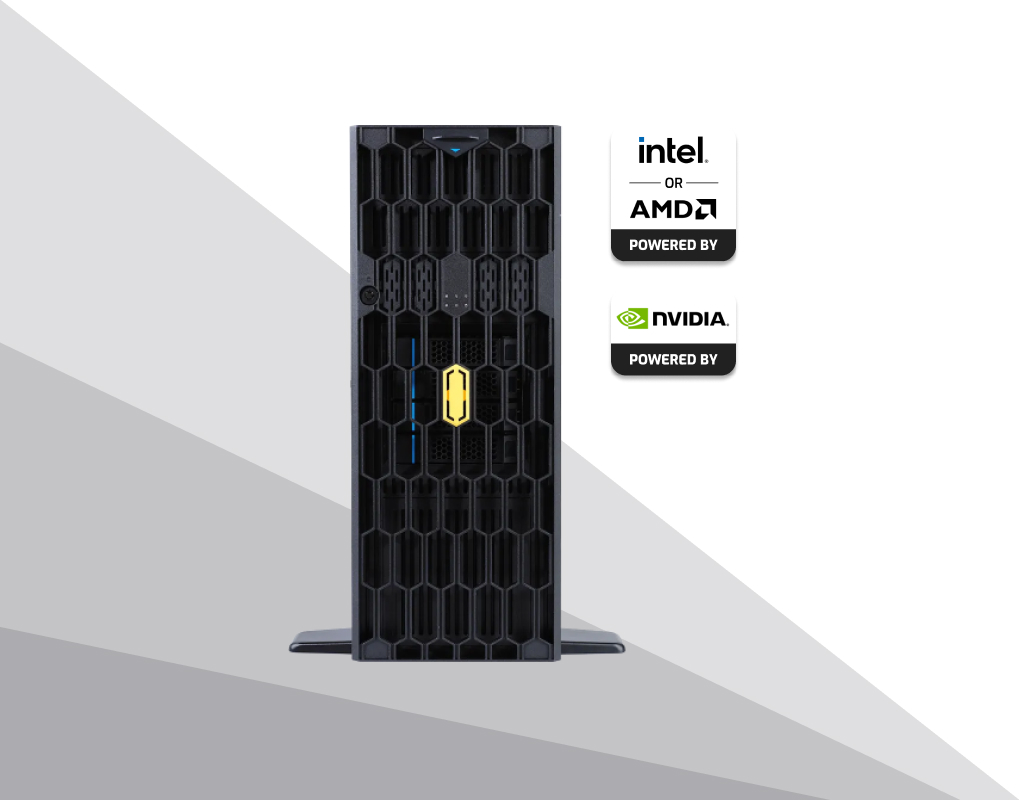
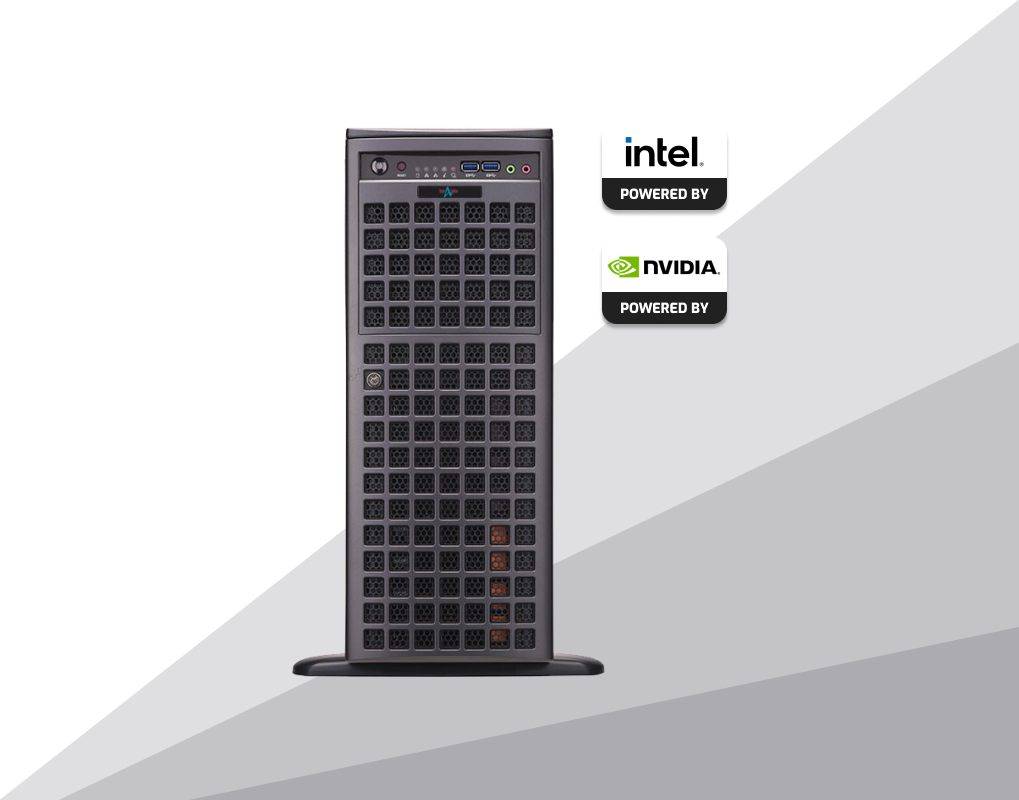
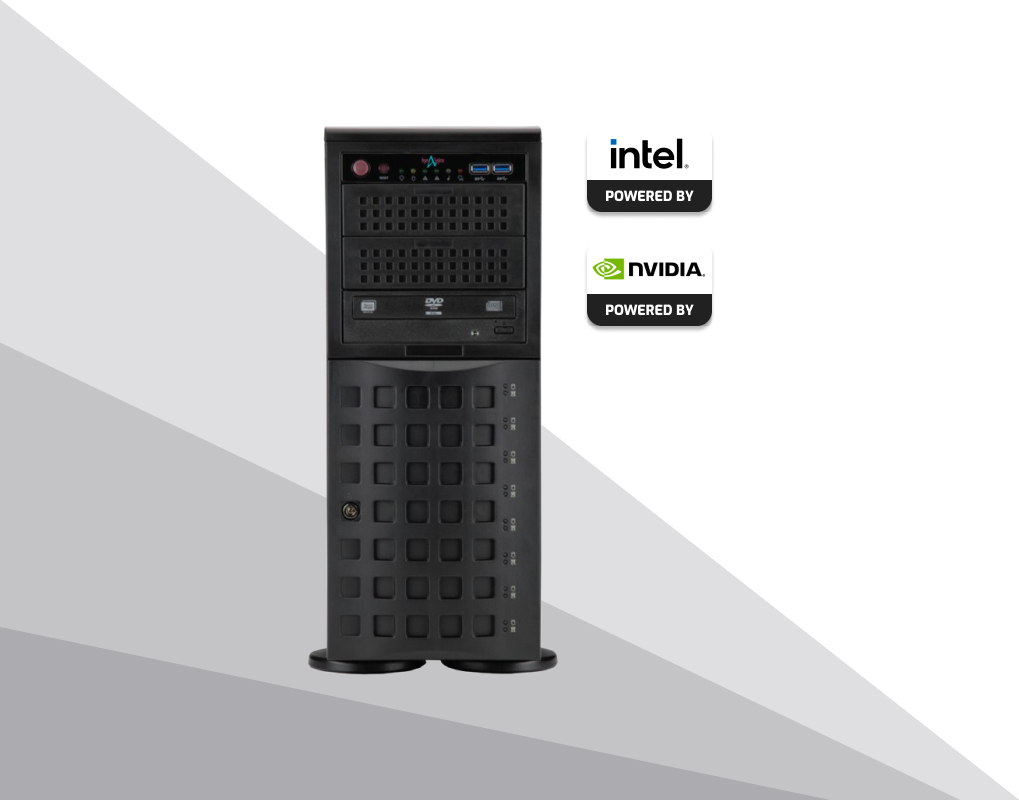
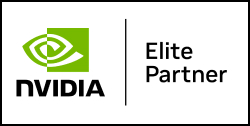
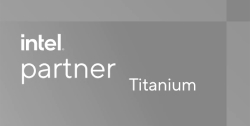
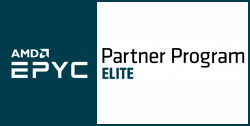
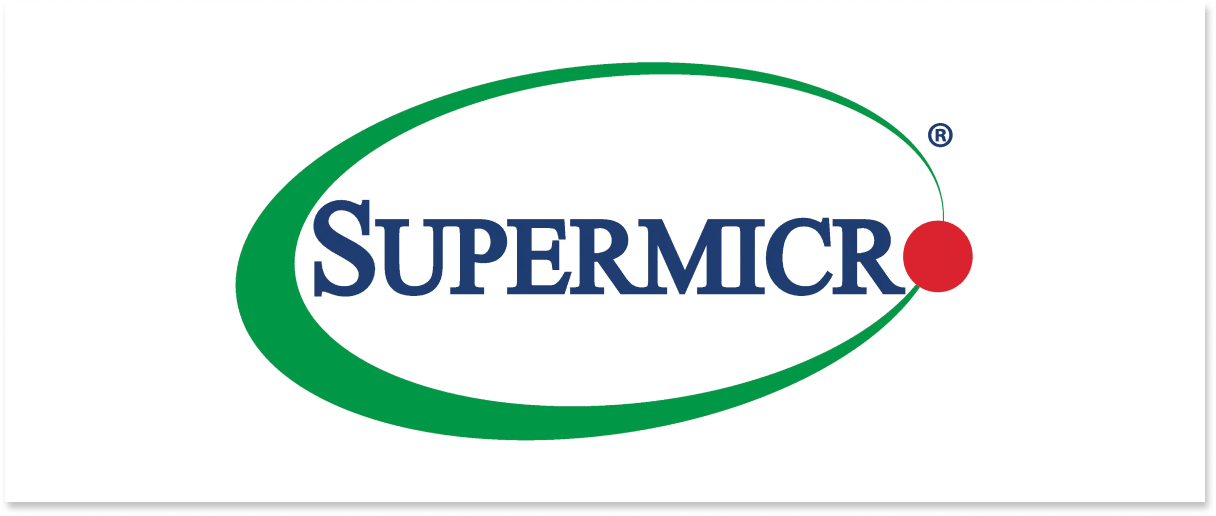
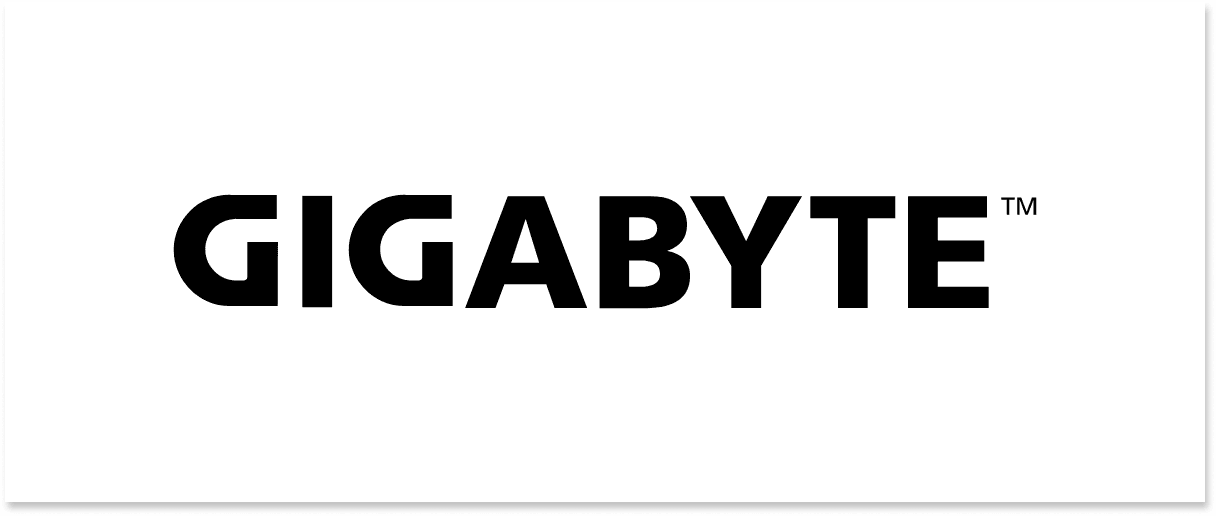
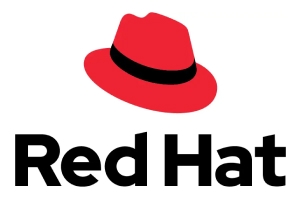
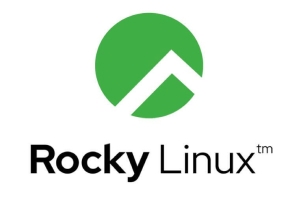
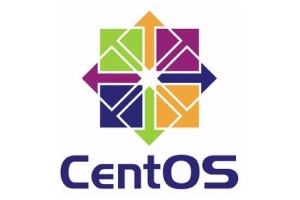
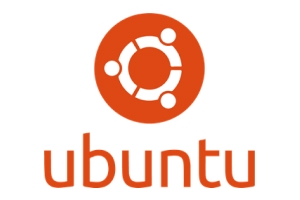
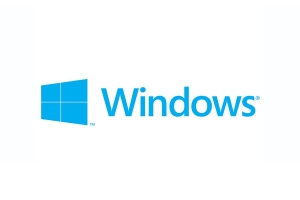

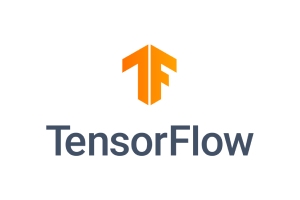
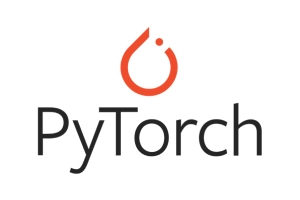
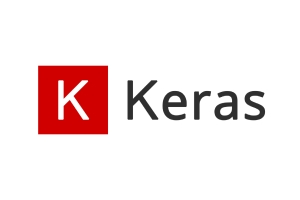
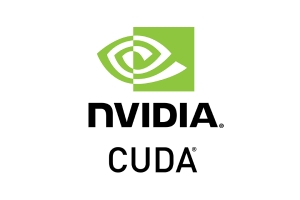
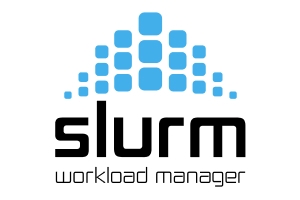
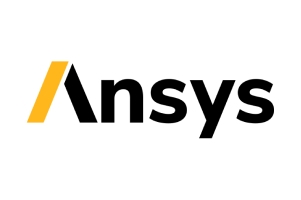
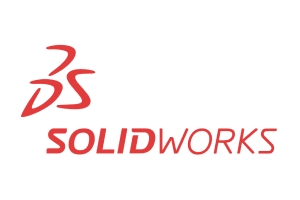
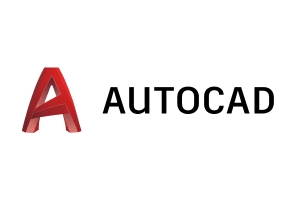
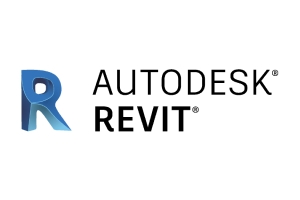

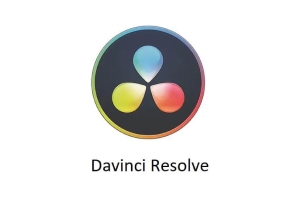
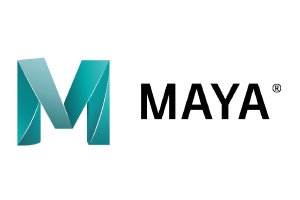
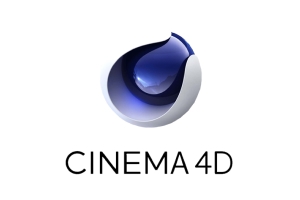
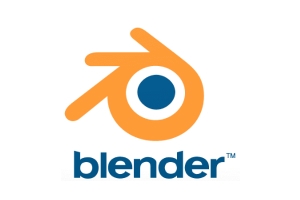
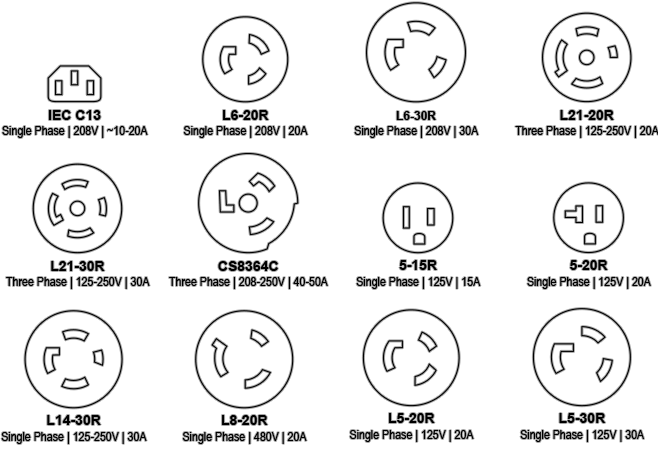 Cooling
Cooling